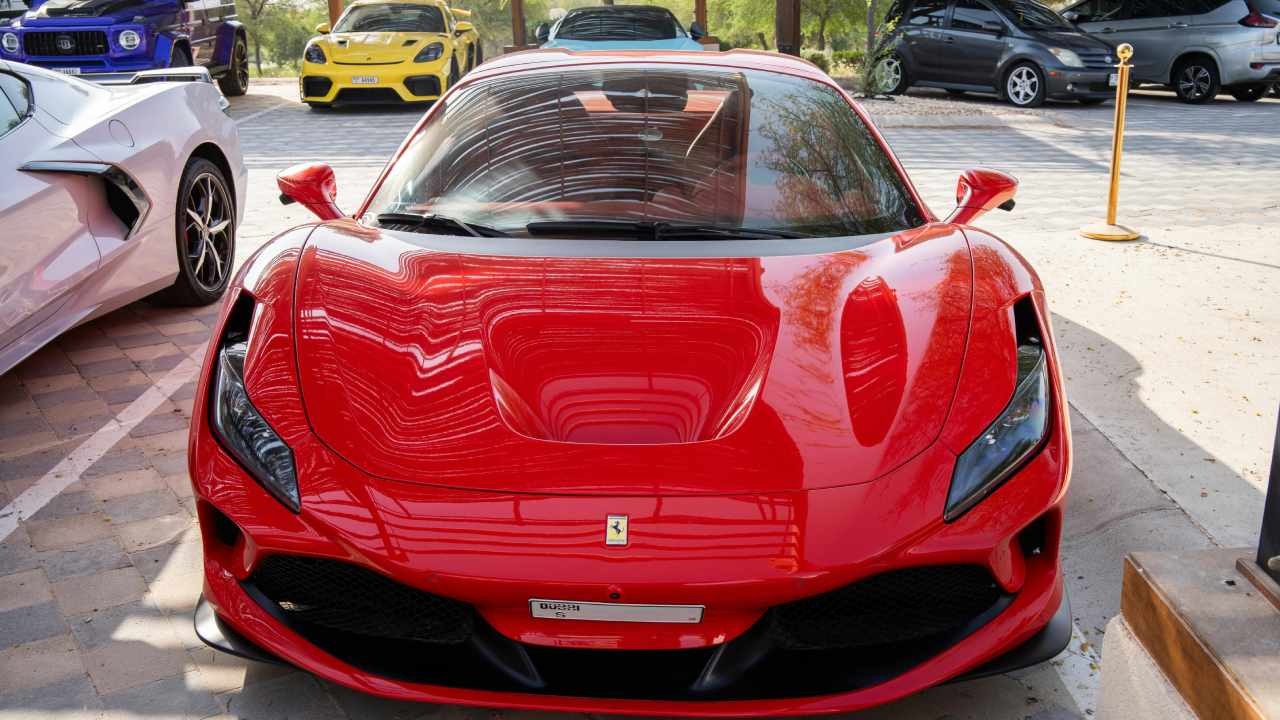The automotive industry stands at the crossroads of a technological renaissance. Years of rapid advancements have brought us to a pivotal moment where cutting-edge innovation is redefining how we design, build, and experience vehicles. From improving safety to enhancing sustainability, the automotive industry of 2025 is set to surprise and excite in equal measure. Whether you’re an automotive enthusiast, industry professional, or tech innovator, the future has something for everyone.
This blog dives into the top 10 automotive innovations that are transforming the industry. We’ll explore how these technologies impact driving experiences, safety, and environmental sustainability, paired with real-world success stories. Finally, we’ll gaze into the near future to assess what lies ahead.
Top 10 Innovations Driving Change in the Automotive Industry
1. Electric Vehicles (EVs) Becoming the Standard
Electric vehicles have been spearheading automotive innovation, and 2025 is no exception. With major governments setting aggressive targets for zero-emission vehicles, the adoption of EVs is skyrocketing. Companies like Tesla, Rivian, and legacy manufacturers such as Ford and GM are doubling down on expanding their EV offerings.
EV innovation focuses on improving battery efficiency, extending ranges, and popularizing ultra-fast charging networks. Solid-state batteries, which are expected to enter mainstream production nearly by 2025, promise to be game-changers due to their superior energy density and quick charging times.
Impact: Lower carbon emissions, reduced reliance on fossil fuels, and cost-effective ownership over time.
2. Autonomous Vehicles (AVs) Achieving Higher Levels of Automation
Self-driving cars are no longer a futuristic concept but an evolving reality. By 2025, we anticipate widespread adoption of Level 4 autonomy, which allows vehicles to handle all driving tasks under specific conditions without human intervention. Amazon’s Zoox and Waymo are already operating AV programs, and advancements in machine learning continue to improve vehicle decision-making systems.
Impact: Reduced human error, enhanced traffic management, and improved accessibility for non-drivers.
3. Advanced Driver-Assistance Systems (ADAS)
ADAS helps bridge the gap between conventional and autonomous vehicles, making driving safer and more convenient. Features like adaptive cruise control, lane-keeping assistance, and automatic emergency braking are standard in mid-to-high-tier vehicles.
The integration of LiDAR (Light Detection and Ranging) systems and AI algorithms is propelling ADAS forward. Technologies like predictive maintenance, which alerts drivers before a mechanical failure occurs, are also coming to the fore.
Impact: Safer roads, fewer accidents, and reduced driver fatigue.
4. Vehicle-to-Everything (V2X) Connectivity
Imagine a car that not only communicates with other vehicles but also talks to traffic lights, road infrastructure, and even pedestrians. That’s what V2X technology is all about. With 5G, V2X connectivity enables unparalleled real-time data sharing, allowing vehicles to anticipate hazards, optimize traffic flow, and reduce congestion.
Impact: Smarter traffic coordination, sustainable urban mobility, and reduced commute times.
5. AI-Powered Personalization
AI is bringing a hyper-personalized driving experience to car owners. From seat adjustments to climate control, vehicles are learning user preferences and automatically adapting them. Voice assistants within vehicles are becoming more intuitive, handling tasks like route navigation, restaurant reservations, and even syncing with smart home appliances.
Examples include BMW’s Intelligent Personal Assistant and Mercedes-Benz’s MBUX infotainment system.
Impact: Enhanced user convenience and a seamless digital experience.
6. Shared Mobility Platforms
Car ownership is declining, especially in urban centers, due to the rise in shared mobility platforms like Zipcar, Turo, and Uber. Innovations in shared mobility, such as autonomous ride-hailing fleets, are expected to serve as viable alternatives to traditional car ownership by 2025.
Impact: Reduced traffic congestion, lower emissions, and accessibility to affordable transport.
7. Sustainability Through Circular Manufacturing
Sustainability is a top priority for automakers in 2025. The industry is transitioning toward circular manufacturing, focusing on recycling materials and minimizing waste. For example, companies like Volvo and BMW are aiming for sustainable production processes by repurposing factory waste and using eco-friendly materials like recycled plastics and leather alternatives.
Impact: Lower environmental impact and alignment with climate action goals.
8. Hydrogen Fuel Cell Vehicles (HFCVs)
While electric vehicles dominate the conversation, hydrogen fuel cell vehicles provide a promising alternative. Automakers like Toyota and Hyundai are making strides in HFCV technology, which uses hydrogen to produce electricity, emitting only water vapor as a byproduct.
Impact: Zero-emission alternative for long-haul and commercial vehicles.
9. Over-the-Air (OTA) Updates for Continuous Improvement
Gone are the days when you had to visit a dealership for software updates. Over-the-air software enables manufacturers to deploy performance enhancements and bug fixes remotely. These updates can improve everything from fuel efficiency to vehicle infotainment interfaces, long after the car leaves the lot.
Impact: Enhanced vehicle longevity and simplified vehicle maintenance.
10. Flying Cars Edging Closer to Reality
While it may sound like science fiction, flying cars are on the horizon. Companies like Joby Aviation and Terrafugia are developing prototype electric vertical take-off and landing (eVTOL) vehicles aimed at easing urban congestion and enabling faster travel.
Impact: Revolution in commuter transportation and rapid response scenarios like emergency services.
How These Innovations are Reshaping the Industry
The ripple effects of these innovations extend beyond the vehicles themselves. Here are a few key changes we’re experiencing:
- Safety Standards: With ADAS and autonomous technologies, safety benchmarks are reaching new heights, drastically reducing accidents caused by human error.
- Environmental Sustainability: EVs, HFCVs, and circular manufacturing practices are placing the industry at the forefront of the fight against climate change.
- Business Models: Shared mobility and subscription-based services are forcing traditional automakers to rethink core business models, opening doors to new streams of revenue.
Real-World Applications and Success Stories
Companies are already showcasing success in implementing these innovations:
- Tesla’s OTA Updates: Tesla has led the way with OTA updates, continuously enhancing customer experiences.
- Volvo’s Sustainable Manufacturing: With plans to become a fully electric company by 2030, Volvo is innovating sustainable practices, such as using leather-free interiors.
- Waymo’s Autonomous Ride-Hailing Service: Google’s Waymo has successfully deployed autonomous taxis in select cities, providing a glimpse into the future of urban mobility.
Of course, challenges remain—ranging from regulatory hurdles to consumer adoption—but these companies are paving the way for transformation.
What’s Next After 2025?
Looking beyond 2025, the tools and technologies poised to disrupt the automotive industry seem nearly endless. Quantum computing could supercharge AI models, making autonomous systems even more reliable. Solid-state batteries will likely become more accessible, turning EV adoption into a no-brainer. Additionally, the incorporation of bioplastics and advanced nanotechnology might redefine materials used in vehicle manufacturing.
The vision is clear—a highly connected, sustainable, and efficient automotive ecosystem.
Drive Into the Future with Innovation
The automotive industry of 2025 promises an exciting ride for enthusiasts and professionals alike. From breathtaking advancements in EVs to AI-driven personalization, the ongoing transformation is a testament to the power of innovation.
What innovation are you most excited about? Share your thoughts in the comments and explore more groundbreaking automotive insights on our website.

